The building at 401 N. Division was once the home of Jones School, which is now commemorated with banners and eventually a permanent historical marker
By Jo Mathis/AAPS District News Editor
The front lawn of Community High School was the setting Thursday for the 100th anniversary celebration of Jones School and Black history in Ann Arbor.
Lifelong Ann Arborite Shirley Beckley, 80, used to walk to and from Jones School—which for the last 50 years has been Community High School. She recalls stopping at the bakery and ice cream shop with her friends along the way.
“I feel a little teary-eyed because we’ve tried so hard to preserve our history here,” said Beckley, speaking to the large crowd of Community students and faculty, AAPS administrators, and several Jones alumni. “This is a great celebration. I just feel so grateful that the staff and the kids are joining in—and our administration—to let this all be known and let our history be known and seen. Because I’ve worked hard— along with other people in this community—to preserve our history. “
“We have a history and it needs to be talked about and it needs to be seen. And it needs to be shown because I don’t want it to get lost. We did a great thing here. We contributed. Our parents contributed. And so I want to hold on to that.”
Shirley Beckley
All CHS students attended the event, which included a performance by the CHS Jazz Band, a dedication speech from CHS students, brief speeches by local elders, and a preview of upcoming events at CHS. Students were released for lunch and encouraged to support the BSU Soul Food Bake Sale.
The work was a collaborative effort by a core group that really focused on this effort in the fall of 2021.
Community Counselor Brian Williams—who spearheaded the committee in charge of the project—says there are two main goals of Community High’s focus this year on the hidden histories of Jones School and Black Ann Arbor: 1) to engage with and celebrate the stories, lives, and memories of the African American and Black community that was thriving in this space and 2) to use this year’s efforts to create a historical marker as a launching point for many in the area to think critically about how our shared histories help us to take informed action in hopes of creating a more just society.
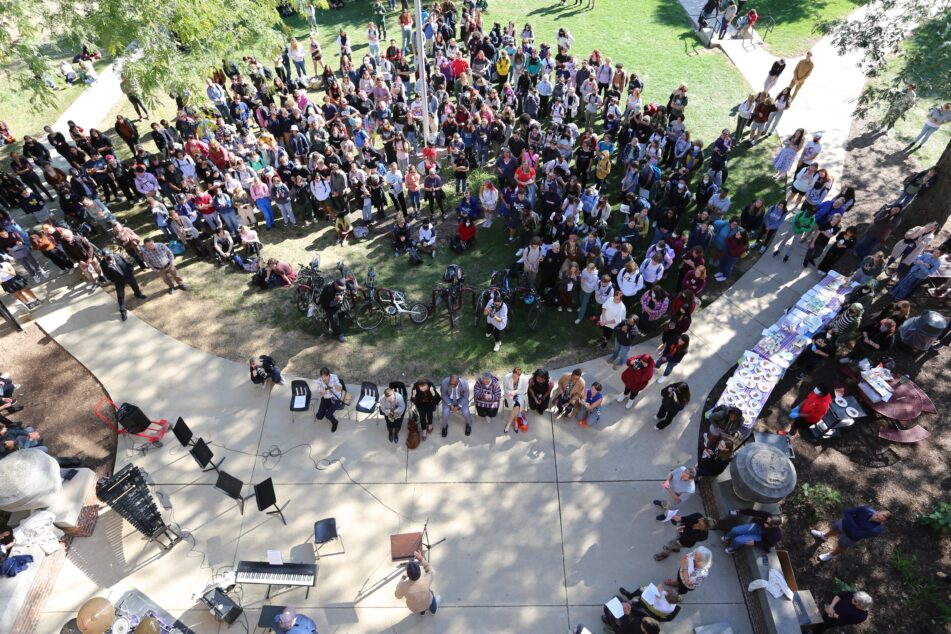
“This work is essential for all of us because we want to ensure our students, staff, and community members are actively involved in the process of uncovering, knowing, and sharing the history of this space. This is particularly important for people to contextualize and understand modern efforts at making our community a more just place.”
Counselor Brian Williams
Noted Williams: “For example, we hope that recognizing this history helps us to engage meaningfully with efforts like the project at 121 East Catherine Street to create affordable housing and directly address the lasting impacts of gentrification in the neighborhood. More importantly, in recognizing that we are the AAPS high school with the highest percentage of white students while we are also located in the city’s historically black neighborhood, we know that intentionally uplifting these hidden histories is one step we can take towards making meaningful connections and change in our world.”
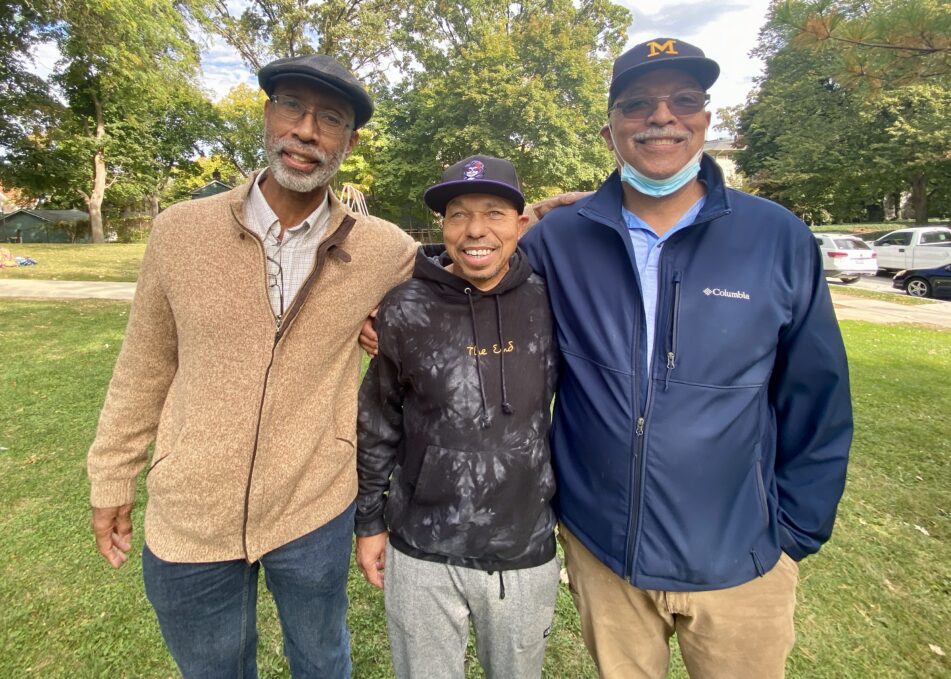
Nick Idzikowski was one of three Community students who welcomed the crowd and told a bit about the history of Jones School.
“This assembly is dedicated to the black community of Ann Arbor. I’m going to say that again because not said enough,” said Nick. “This assembly is dedicated to the black community of Ann Arbor. You have seen a lot of banners being hung and heard a lot of talk about Jones school. Some of you may be wondering: Why all the excitement? This is exactly what we want to unveil.
“Coming into Community High School, I had no knowledge of Jones. Walking around Ann Arbor, the Black history is almost invisible. This is the beginning of memorializing Jones School, a figurehead in Ann Arbor’s black history … This history needs to be told. Its memory needs to be preserved.”
Roger Brown attended kindergarten and first grade at Jones and attended Community High School the first year it opened 50 years ago.
“There’s a lot of good things I remember about this school and this experience,” he says.
But he says there were many racial injustices at the same time.
“I want to make sure people don’t think it was just so peachy-creamy around here, he said. “It wasn’t.”
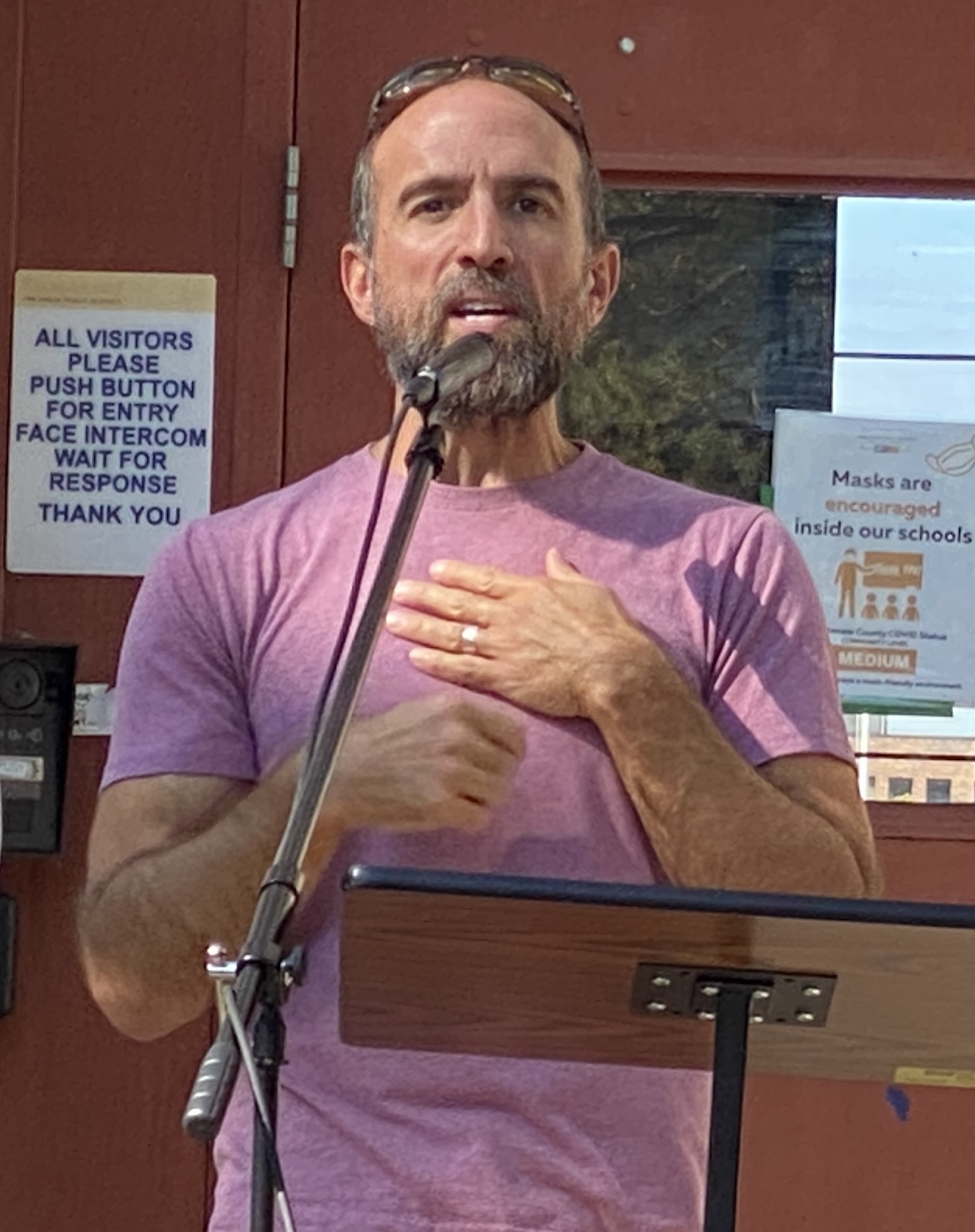
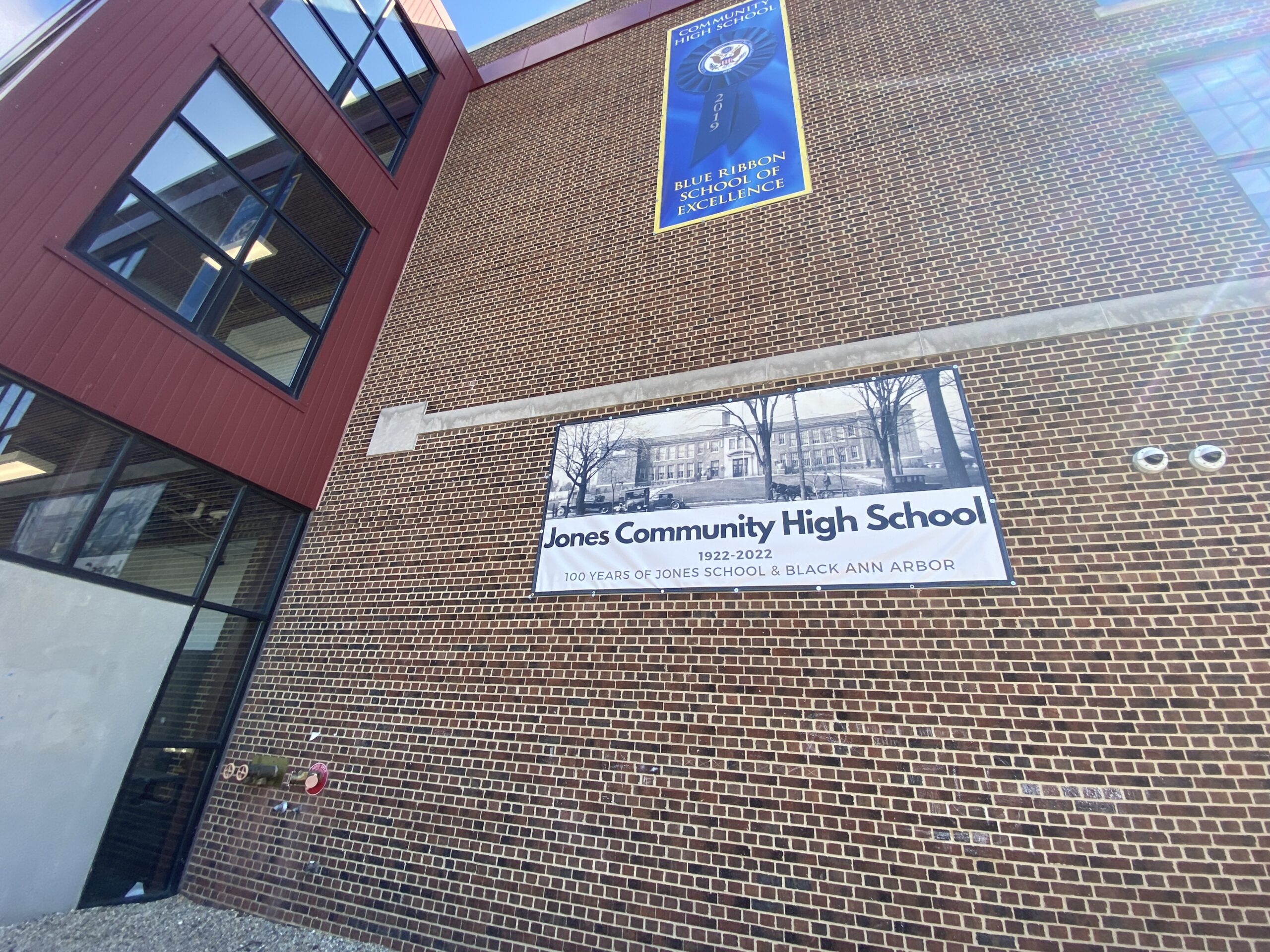
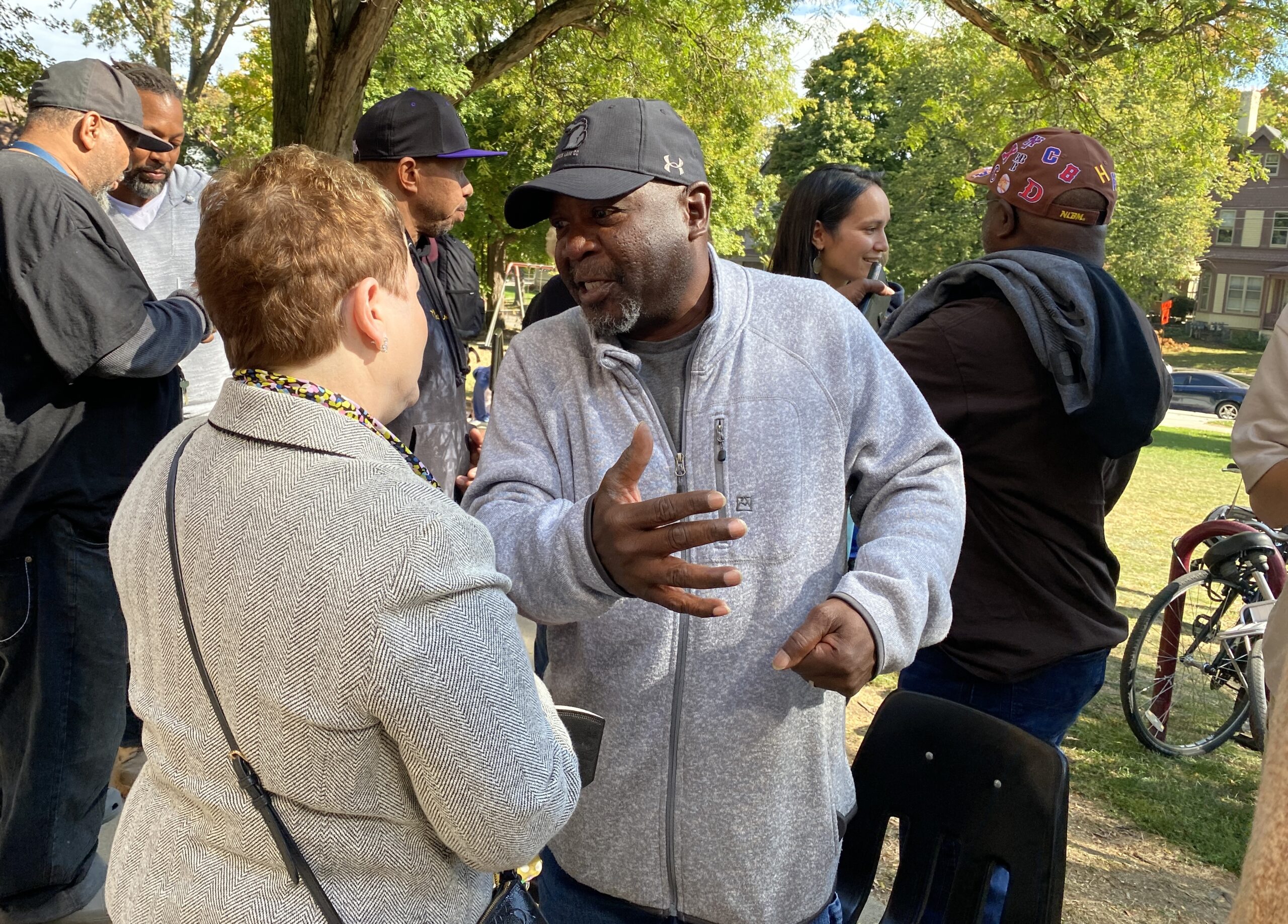
Student Navi Fields told the crowd that Jones School was the anchor of the surrounding Black community, with the student body overwhelmingly Black, and facing housing discrimination. She said all the teachers at Jones were white with the exception of Ann arbor’s first Black teacher, Harry Mail, who was hired in 1954 and was an inspiration to students.
Student Ireland Johnson noted that Jones School had many innovative resources for educational and recreational programs, including a print shop that printed a monthly newspaper, a parent-teacher association, Boy Scouts, Campfire Girls, and a Black History Week in 1948, which was a precursor to Black History Month.
Ireland noted the effects of the landmark Supreme Court case of Brown vs. the Board of Education which ruled that segregation in public schools was unconstitutional, and how that led to the closing of Jones School in 1965. Then, 175 Jones students would be bussed to seven AAPS schools, which was traumatizing for so many families.
Williams said the committee will continue the work through fundraising for a permanent historical marker, and teaching about the rich history of the local Black Community at the local level as well as the African American Cultural and Historical Museum of Washtenaw County and the African American Festival.
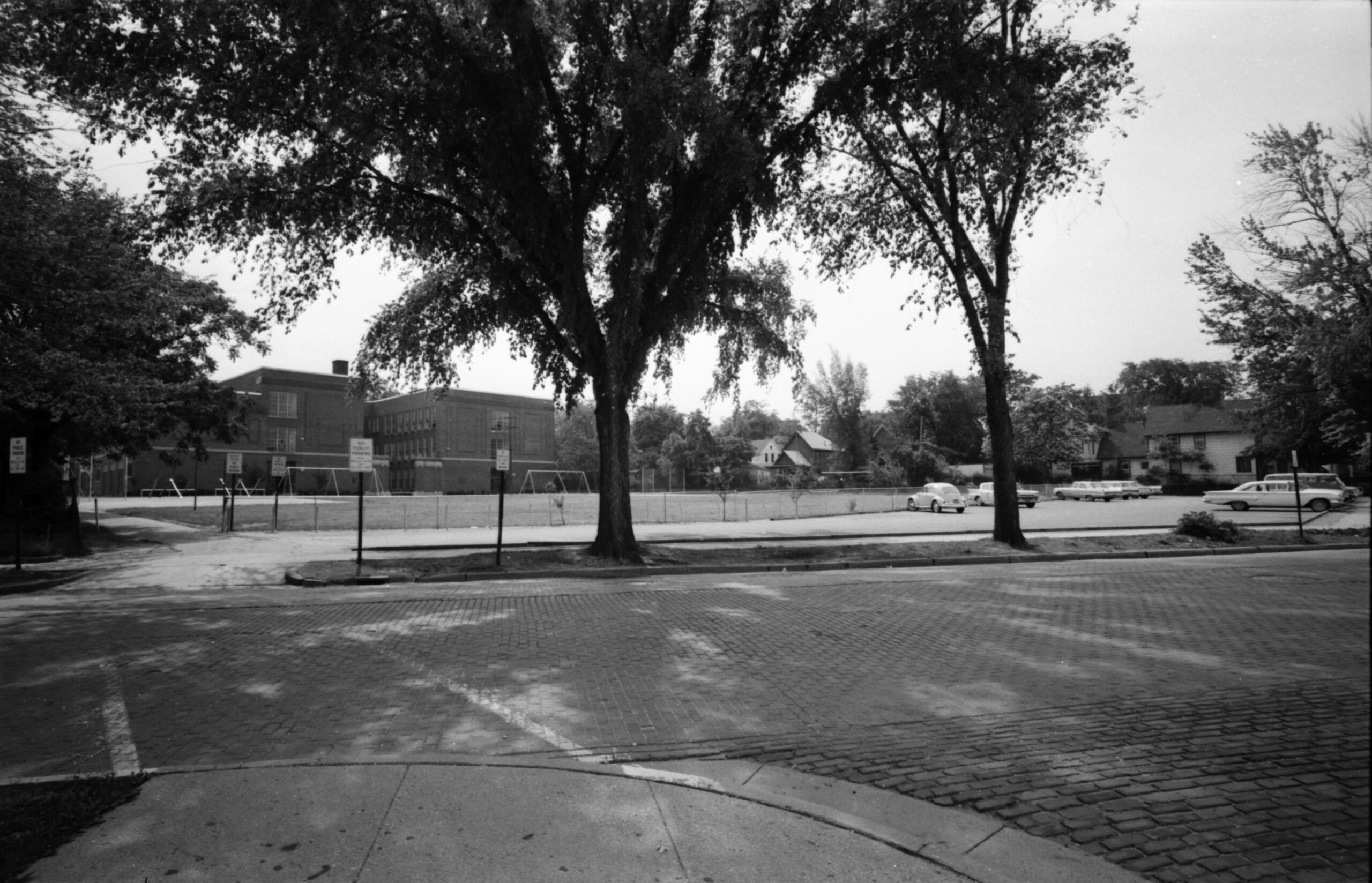
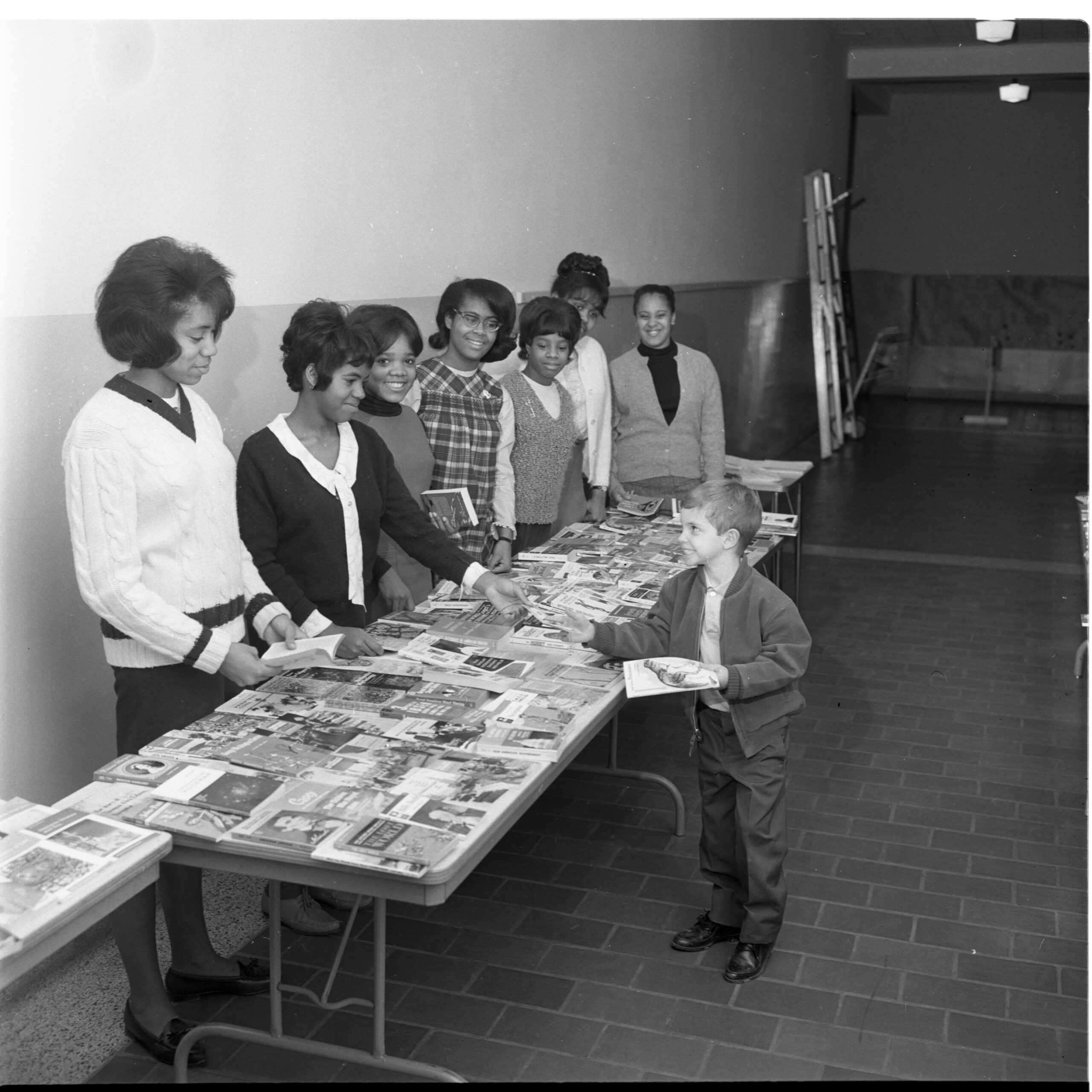
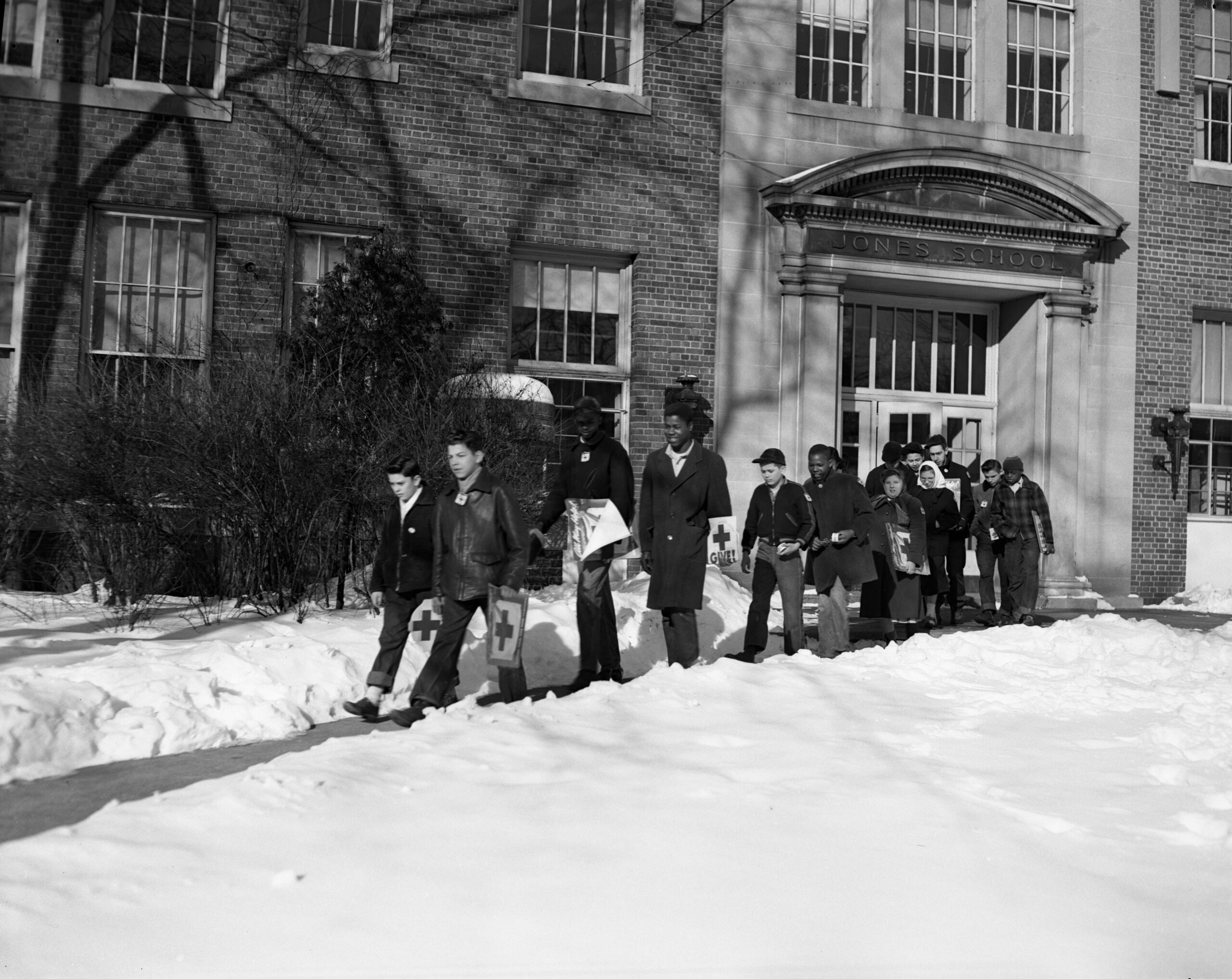
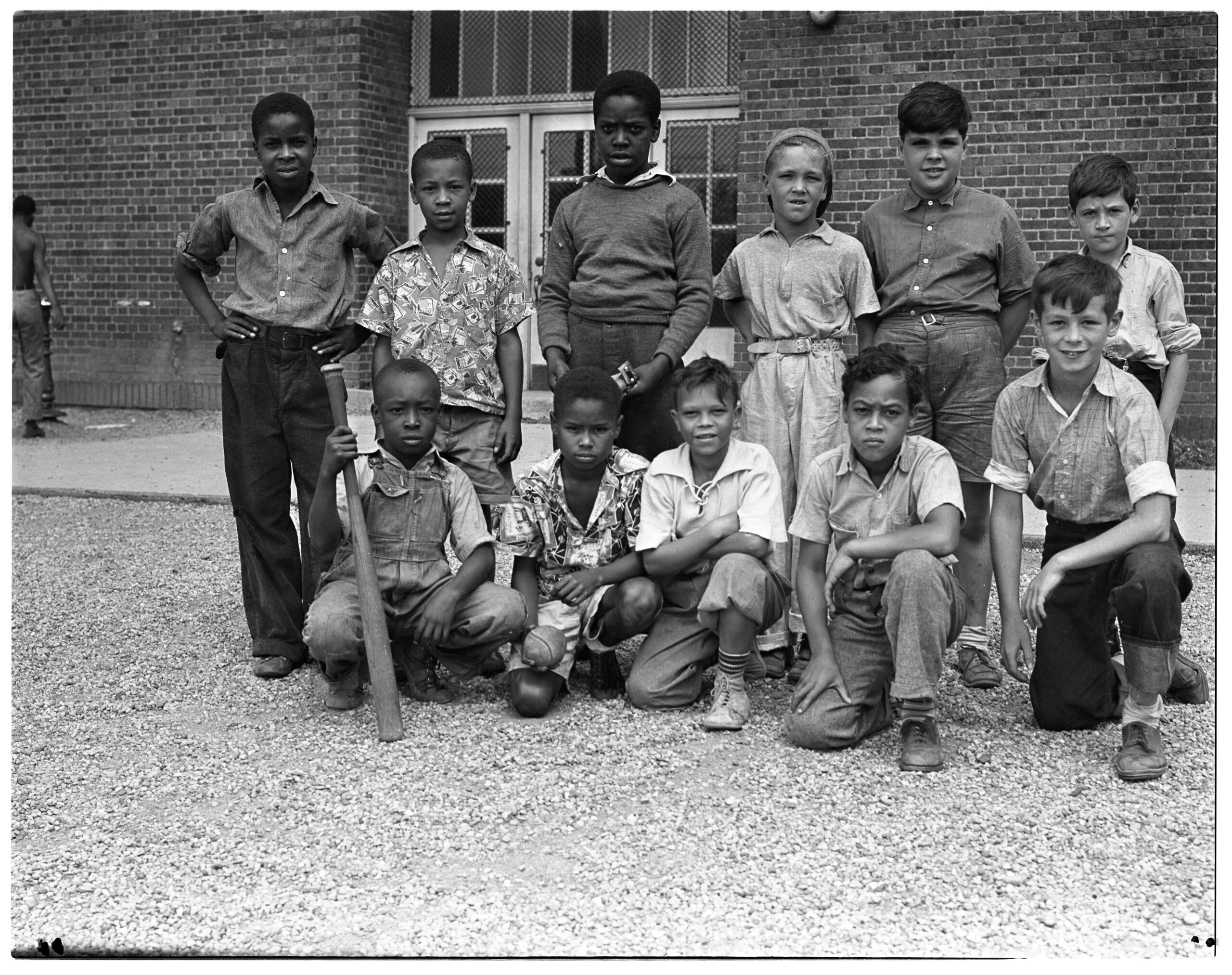
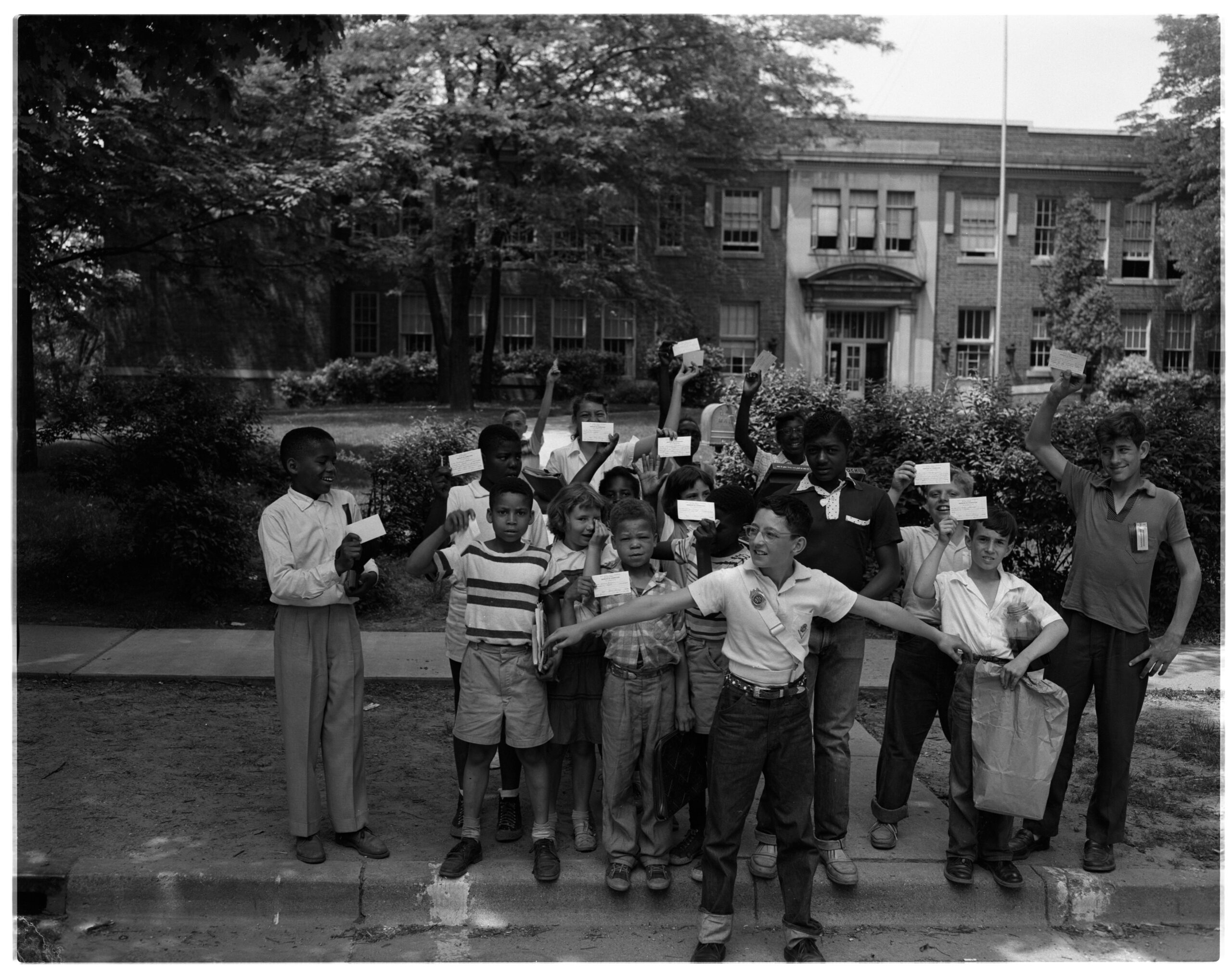
The committee also plans to host a larger more formal celebration near the end of the school year, where members hope to unveil a permanent historical marker honoring Jones School and the Black community of Ann Arbor. To learn more about how Community High School is honoring Jones School and 100 years of Black history in Ann Arbor, click here.

Be the first to comment